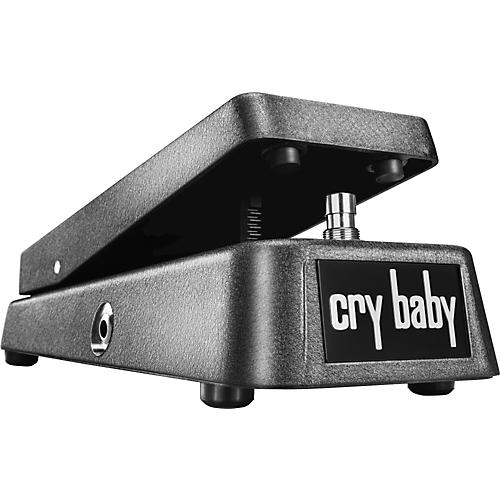I had been using a Dunlop 215 glass slide until I lost it recently. Having no desire to go out and by a new one, I decide to make my own. So I grabbed an empty bottle and a grind stone drill bit and went to work. scoring around the base of the neck, I then broke the bottle off at the point of the score. It was a bit sharp, so I used the grind stone to dull the edges and the scratch up the surface for a bit of character.
After a bit of practice getting used to the unfamiliar shape and sound, I fell in love. I played that day for hours. I recommend nothing more to the starting slide player than to make your own slide, and here's why; slide guitar sounds incredible when played on crappy things. The best thing you can do to make your slide sound better is to worsen your equipment and a very easy way to do that is to break a bottle and use part of it.
This phenomenon of bad guitars playing great slide is not unobserved. Take a look at Jack White. Jack White's main slide guitar is an electric Kay hollow body arch top made some time in the 1950's. Not even Jack knows when, because he got it from a pawn shop for free when he helped the owner move his fridge as young man (1). This guitar was given to him because it did not look good enough to sell in the pawn shop. Have you ever seen the miserable hunks of wood a pawn shop will try to sell as a guitar? And this one didn't make the cut. The feedback issues on this guitar were so bad that Jack covered the entire front of the body of the guitar, aside from the pickup, in thick construction paper to try to stop it. Now stop reading this and go listen to Seven Nation Army by The White Stripes. Go on. I'll wait.
fantastic right? That sixty year old beat up thing is what is being played on that track, with a metal slide. It sounds so good because of the poor quality of the instrument. And that same philosophy can be applied to your slide itself, and I for one believe it should.
How to make a bottle neck slide
1: It Might Get Loud, Davis Guggenheim, Sony Pictures Classics, 2008

